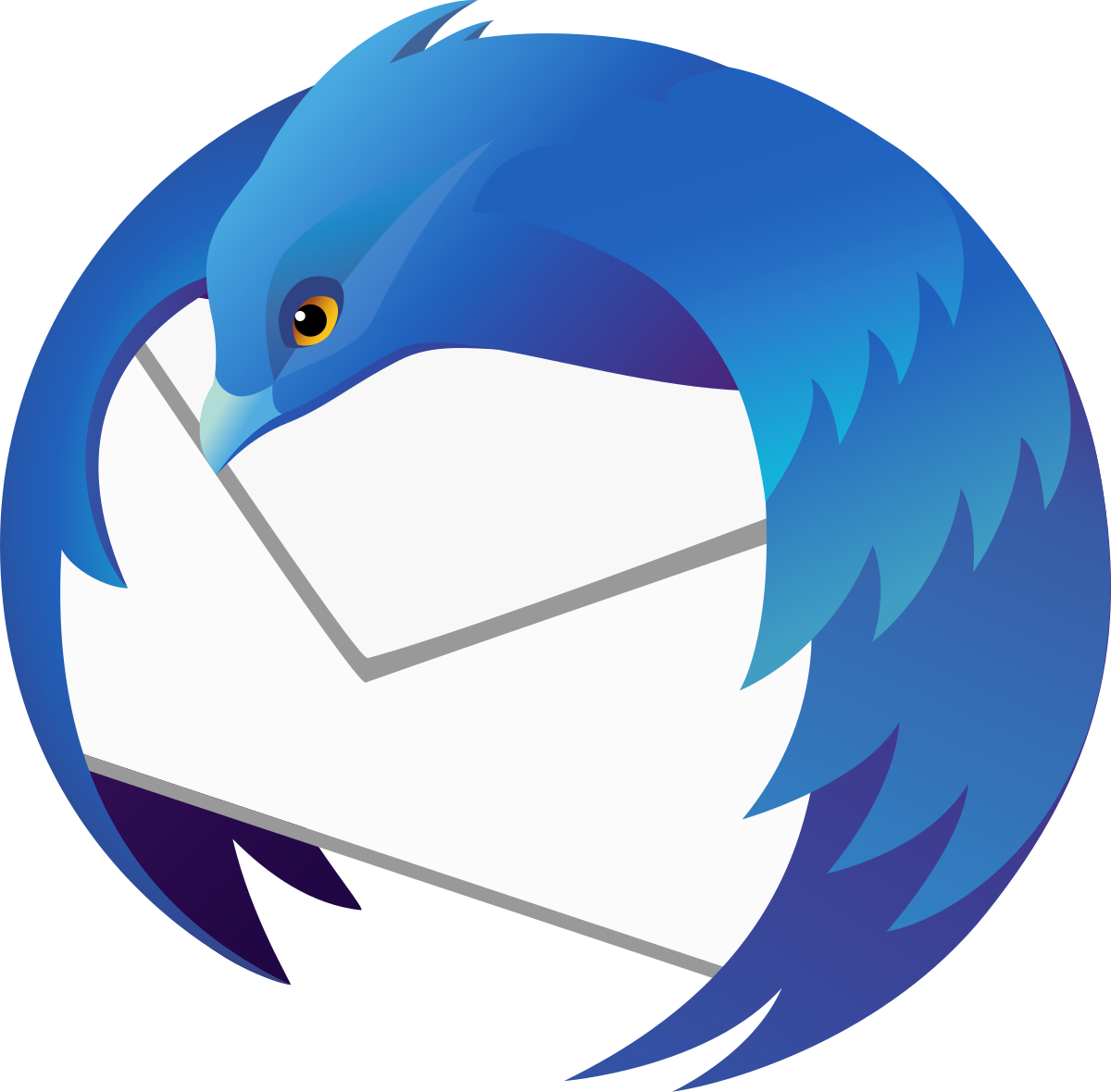Thunderbird

Thunderbird is a free and open-source cross-platform created by Mozilla, the organization beihind Firefox with a robust library of add-on features that allow for full customization of your email experience. Despite threats of development of application and halting updates, it has been a popular free email client across the world with a loyal following over the years. When it's version 1.0 was released, it had received more that 500,000 downloads in its first three days of release.
Message management:
It manages multiple newsgroup, email and different news feed accounts. It has features such as quick search, advanced message filtering, message grouping, and tags which help to manage and searchff messages. It provides basic support for system specific new email notifications.
Extensions and themes:
Thunderbird supports a large variety of themes for changing its appearance. You can download packages of CSS and image files via the add-ons website at Mozilla Add-ons.
Standards support:
It follows industry standards for email.
POP: It is a basic email retreival protocol.
LDAP: It address auto-completion.
IMAP: It has implemented many of the capabilities in IMAP.
OpenPGP: It has inbuilt support for email encryption
File formats supported:
It provides mailbox format which is supported as of July 2014 are:
mbox - It is unix mailbox format which has one file containing many emails.
maildir - It has one file per email and due to many bugs in it, it is disabled by default.
Big file linking:
It has integrated support for automatic linking of large files.
Cross-platform support:
It runs on a variety of platforms.
Linux
Windows
macOS
Unofficial ports are available for:FreeBSD
OpenBSD
HTML formatting and code insertion:
It provides a
wysiwygeditor for composing messages formatted with HTML by default. You can find certain special formatting likesubscript,superscriptandstrikethroughin the Format menu. In the dedicated folder for each account, you can find basic support for HTML template messages. To edit theHTMLsource code of the message, use the Insert> HTML menu.References: